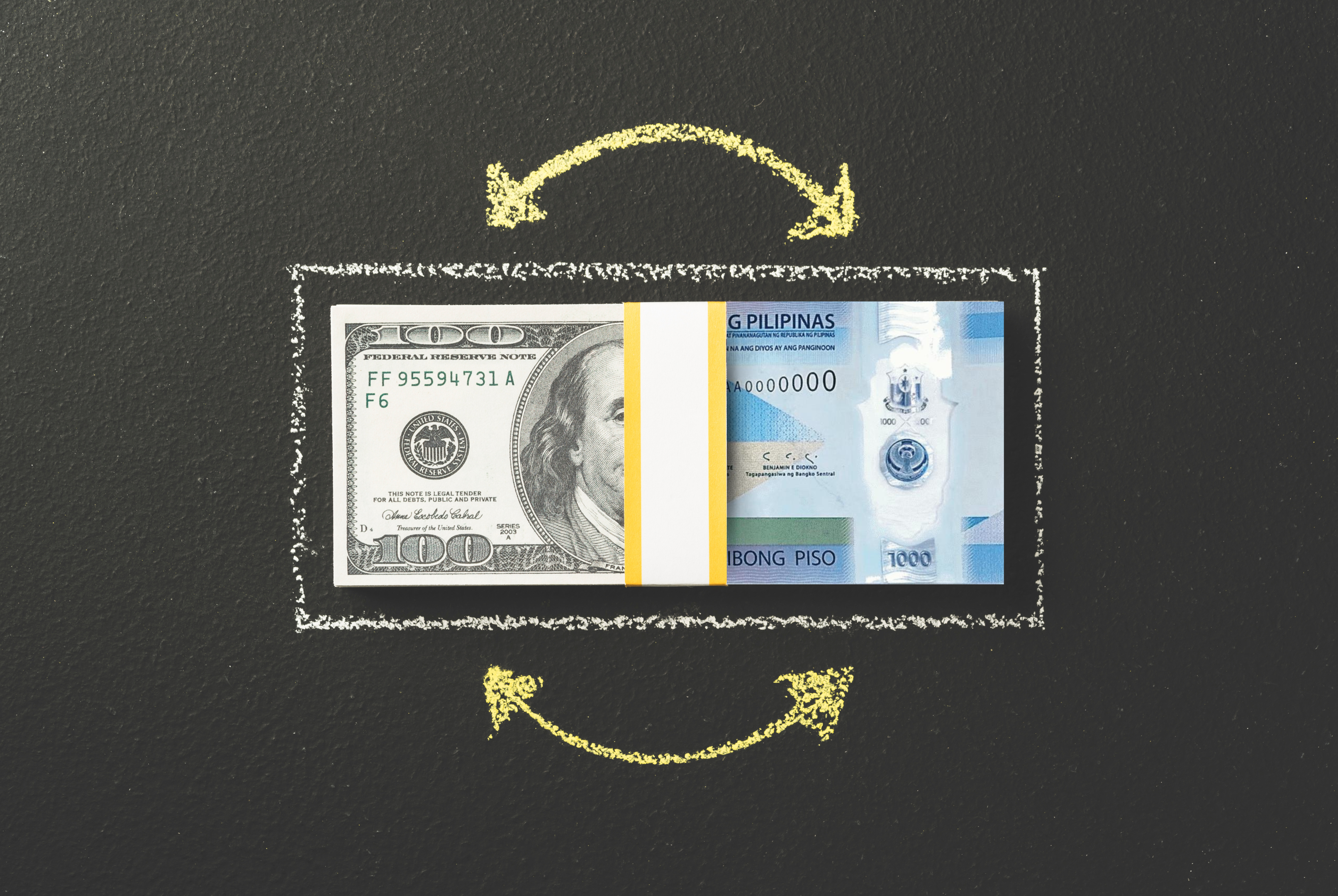
STOCK PHOTO
The Bangko Sentral ng Pilipinas (BSP) might have to slam the brakes on its interest rate cuts should the peso remain under pressure from a rallying dollar, which has been enjoying safe-haven demand amid global uncertainties brought about by events like the US presidential elections.
In a commentary, Aris Dacanay, economist at HSBC Global Research, flagged the risk of a rate cutting pause at the December meeting of the Monetary Board (MB) if the peso stays volatile.
READ: BSP: Inflation on track to ease despite October uptick
But Dacanay said the possible delays to easing might only be brief.
“If the PHP weakens against the USD due to global events, such as the US election, the BSP may opt to briefly pause its easing in December to give itself some flexibility if financial markets were to remain volatile,” he said.
”Nonetheless, the BSP should eventually continue its easing cycle once the volatility subsides, bringing the policy rate down to settle at 5 percent by 2025,” he added.
The peso finished Wednesday’s trading at 58.661 versus the dollar, shedding 34.6 centavos from its previous closing of 58.315 as investors waited for the results of US elections. As it is, some analysts believed that a rate cut pause might temper capital outflows that could further weaken the local currency.
Although inflation quickened to 2.3 percent in October, the BSP said it would continue its “measured” rate cutting cycle, keeping the door closed on aggressive easing as the pace of price growth remains within its 2 to 4 percent target range.
READ: Philippine inflation rises to 2.3% in October
Unlike in the United States where a slowing job market had prompted the US Federal Reserve to deliver a jumbo 50-bp cut in September, the BSP entered its easing era in August with the traditional 25-basis point (bp) reduction to the policy rate.
In October, the BSP cut the policy interest rate by a quarter point again to 6 percent, with Governor Eli Remolona Jr. dropping clear hints of additional—but gradual—easing moves until the key rate falls to 4.5 percent by the end of 2025.
Remolona said a 25-bp cut at the Dec. 19 meeting of the MB was “possible.” But he said an outsized half-point reduction was “unlikely” to happen. Overall, the BSP chief did not rule out the possibility of additional cuts cumulatively worth 100 bps in 2025.
But Miguel Chanco, chief Emerging Asia economist at Pantheon Macroeconomics, believed there is room for the central bank to step up its rate cuts.
”Inflation will soon stabilize after seeing another base-effect driven rise this month,” Chanco said.
“In this climate, we continue to believe that the BSP will step up the pace of easing to 50-bp cuts each time from December, especially if we’re right about a likely disappointment in Thursday’s Q3 GDP (gross domestic product) release,” he added.
But for Robert Carnell, economist at ING Bank, the outcome of the December meeting of the MB might also depend on how the peso would behave in the next few weeks.
”What happens next with policy rates will depend not just on Philippine inflation but on how Asian currencies like the PHP respond to the US Presidential election result. A period of uncertainty lies ahead until we have more clarity,” he said.

